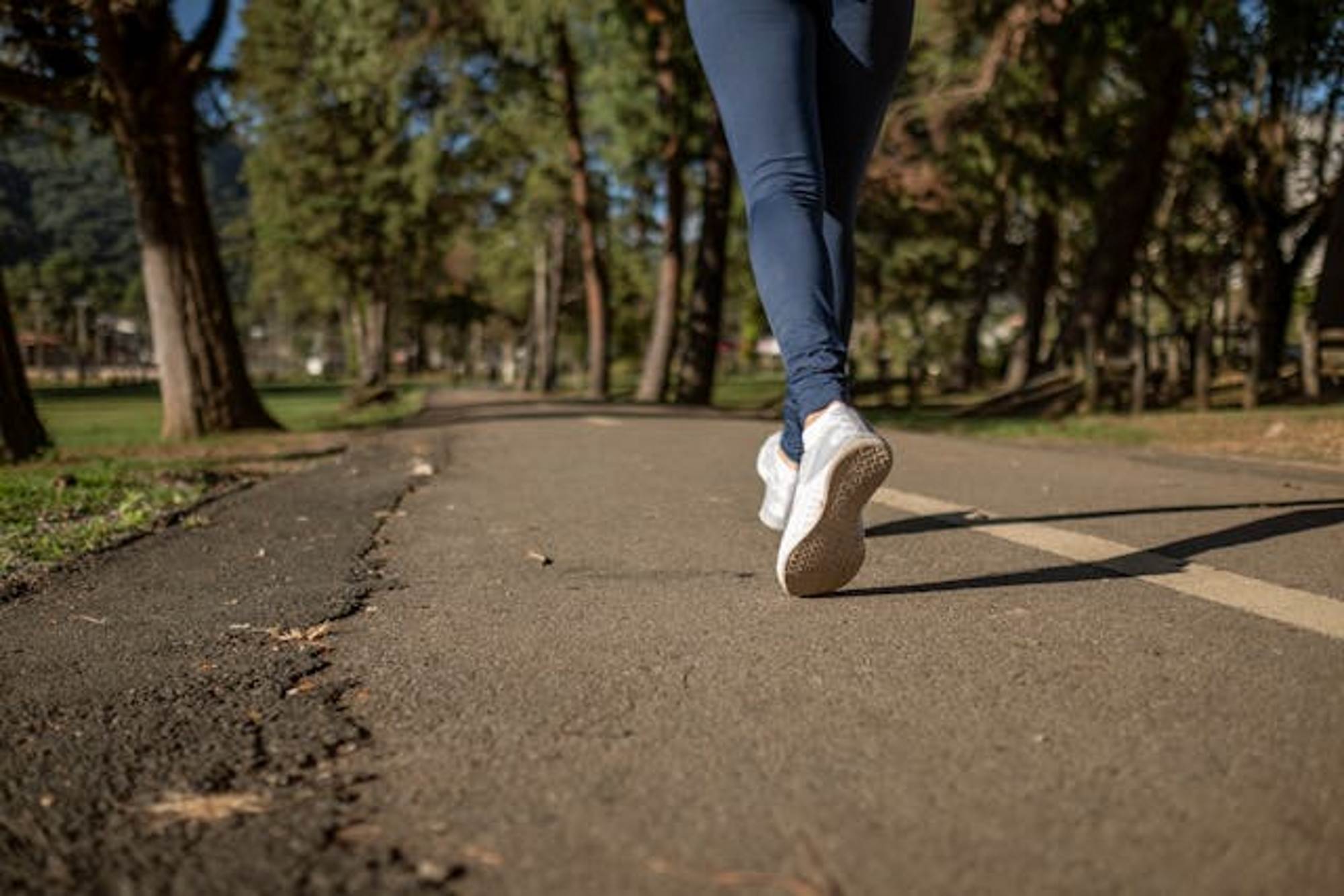
Walking is an easily available workout with no particular gear needed that provides advantages like weight control, better cardiovascular health, and less stress. To guarantee sustainability, developing a regular walking habit calls for both careful preparation and slow growth. With enough planning, this basic exercise will become a pillar of your exercise program.
Assessing Your Starting Point
You should spend some time really assessing your present degree of fitness before starting any new workout program. Think about your current activity schedule, any physical restrictions, and past workout experiences that could guide your approach. See your doctor to confirm that, especially if you have pre-existing diseases such as heart disease, pulmonary difficulties, or joint concerns, walking is a suitable activity for your health situation. Knowing your baseline degree of fitness helps you to set reasonable goals and design a progressive walking schedule that pushes you suitably without too much stress for your physical capacity. Remember that everyone starts at various levels; therefore, comparing oneself to others might depress rather than inspire your efforts.
Selecting Proper Footwear and Equipment
Every effective walking regimen starts with suitable shoes that give enough comfort and support. Looking for characteristics like enough cushioning, appropriate arch support, a wide toe box, and stability aspects that uniformly transfer weight over the foot to lower joint stress and avoid discomfort, which may help women choose the best walking shoes for overweight women. Longer walks can keep feet pleasant and help to avoid blisters by moistening-wicking socks. Think about dressing in cozy, airy clothes that let you move freely and assist in controlling body temperature in line with the temperature of the surroundings. Your walking surroundings and objectives will determine if you might additionally benefit from more tools as a water bottle, sun protection, a fitness tracker to track improvement, or walking sticks for extra stability.
Creating a Progressive Walking Schedule
Creating a walking program calls for a methodical strategy that progressively raises frequency, intensity, and length of time. Starting with 10 to 15-minute walks at a moderate pace, concentrate on developing habits rather than distance. Research confirming 150–300 minutes of moderate activity weekly supports optimal health benefits; gradually add five minutes weekly until achieving 30–60-minute sessions. To test various energy systems, alternate short, vigorous walks with longer, moderate-paced workouts. Plan walking meetings at regular times that fit your daily schedule to help you keep the habit.
Maintaining Proper Walking Form
Keeping your head up, stand tall with open shoulders and engaged core and walk. Straight arms at 90 degrees will let them swing naturally, opposing your legs without crossing your midline. While lowering injury risk, using the correct technique enhances workout efficiency. Starting on your heel and sliding through to push off with your toes, move in ways that seem natural to your body shape. See how your breathing pattern remains comfortable enough to conduct a conversation yet deepens. To find any postural problems that require repair, think about routinely seeing your form on reflecting surfaces or videotaping yourself walking.
Overcoming Common Challenges
You may probably run across challenges that compromise your walking program even with the greatest of intentions. Variations in the weather provide a typical difficulty; prepare by having indoor substitutes, including treadmill workouts, mall strolling, or watching walking videos in bad outside circumstances. Physical discomfort—especially in the early phases—may arise when your body adjusts to new activities; take care of this by making sure you have appropriate shoes, start gently, and know when normal muscle adaptation differs from possible injury signals. Time limits may interfere with exercise goals; counteract this by planning walks as non-negotiable appointments, splitting walks into smaller chunks throughout the day, or mixing walking with other activities such as phone calls or listening to audiobooks. Knowing these difficulties ahead of time helps you create plans that keep momentum even as excitement fades.
Conclusion
In the end, developing a walking schedule is a trip where persistence counts more than perfection, as little actions taken over time can lead to major health changes. Walking provides environmentally friendly exercise that changes with your life situation and degree of fitness. Your path of walking starts with one step and proceeds with each determined decision to give mobility a top priority in your everyday life.